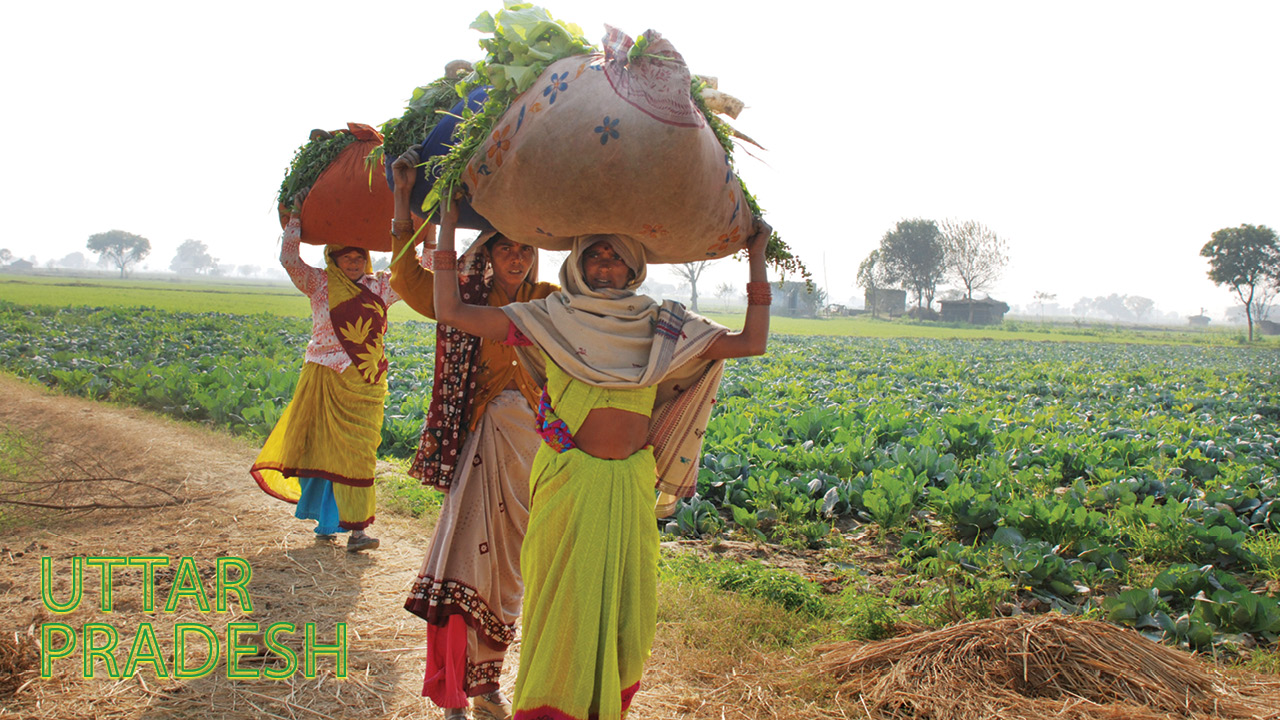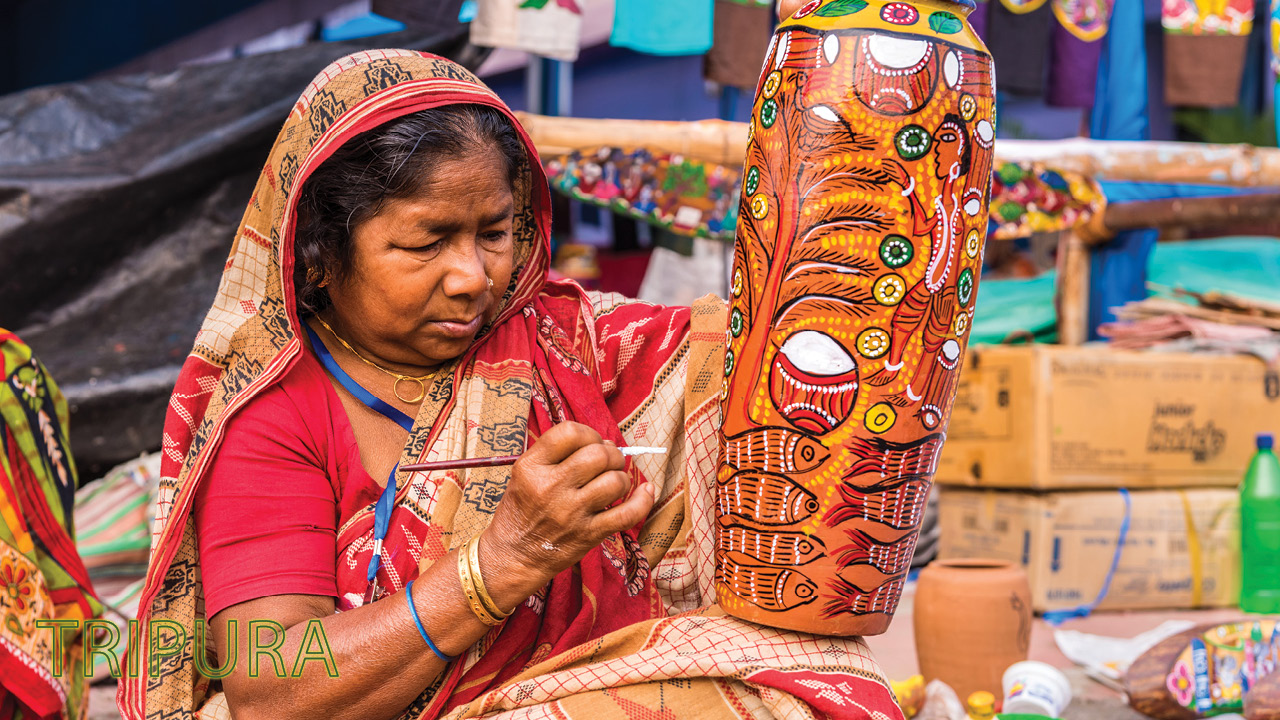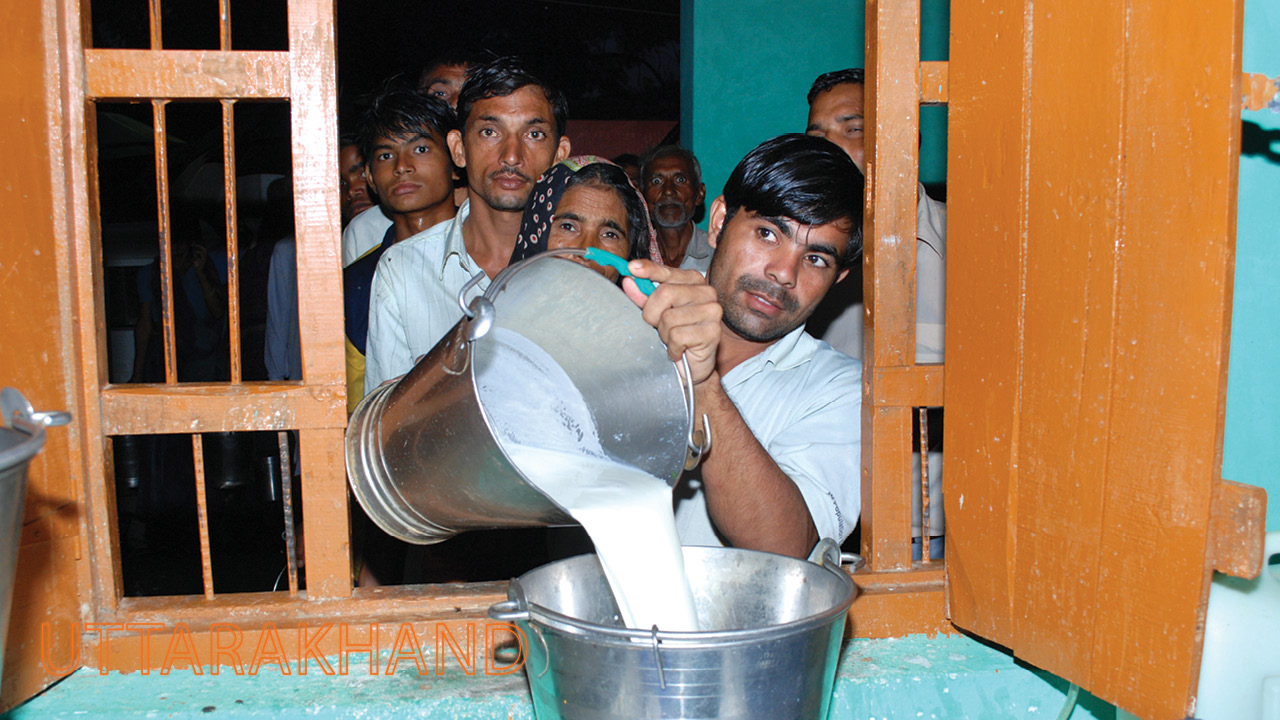Uttar Pradesh ranks #4 nationally in the SKOCH State of Governance Report 2024, retaining its position in the top five and affirming its consistent governance performance. The state’s rise has been driven by strategic sectoral focus, institutionalised project execution, and increasing participation at the district level. In total, 21 well-performing projects were evaluated in 2024, including 4 highly impactful and 8 impactful initiatives.
Notably, the state topped nationally in Water, Culture, Revenue, and Sports & Youth categories, while maintaining consistent performance in Infrastructure (#2) and Transport (#6). Its improvement from #3 to #2 in Urban Development and a strong comeback in Police & Safety and Social Justice & Security further underscore its widening governance footprint.
High-impact projects are central to Uttar Pradesh’s governance gains. The Jal Jeevan Mission has transformed rural water accessibility, providing over 70,000 households with functional tap connections and engaging village-level committees to ensure sustainability. In Revenue, the AI-Based Return Scrutiny Notices Project, developed in collaboration with IIIT Lucknow, generated ₹309 crore in revenue in its first eight months through automated GST return scrutiny—driving a 19.17% increase in state revenue.
The state has also made notable advancements in social infrastructure. The Modern Mahila Washrooms Project improved workplace dignity and hygiene for over 50,000 female police officers by constructing 1,190 washrooms across police stations.
In healthcare, the Ayushman Bharat PM-JAY drive in Saharanpur emerged as a national leader, issuing over 5 lakh health cards in just 14 weeks. Similarly, the Online Scholarship Scheme for SC and General category students has disbursed over ₹1,286 crore to 10 million students via a fully digitised platform.
Cultural initiatives are equally prominent. The Shri Kashi Vishwanath Dham Corridor Project has revitalised Varanasi’s religious infrastructure, significantly boosting tourism and heritage preservation.
The Ayodhya Ramotsav 2024, which attracted over 20,000 visitors and empowered 10,000 artists—including troupes from Sri Lanka and Thailand—showcased Uttar Pradesh’s growing emphasis on cultural diplomacy and international engagement.
The state’s criminal justice reforms are anchored in humane and technology-driven rehabilitation. In Ghaziabad, a prisoner skill development initiative trained over 750 inmates in vocational trades, reducing recidivism. At the state level, the One Jail One Product initiative trained 15,297 inmates, while smart board learning in 75 prisons resulted in a 95% pass rate in 10th-grade exams. These efforts reflect a broader commitment to rehabilitation and social reintegration.
Uttar Pradesh also demonstrated environmental and agricultural leadership. Under Namami Gange, sewage treatment, biodiversity conservation, and eco-tourism projects have led to water quality improvement and the return of aquatic life.
The Per Drop More Crop initiative improved irrigation efficiency by 33–50%, benefiting nearly 29,000 farmers. Meanwhile, under the PMFME Scheme, micro food processors linked to the One District One Product (ODOP) initiative gained access to finance and markets, bolstering rural livelihoods.
In sports and youth development, the state expanded its footprint with grassroots initiatives, while its entry into Horticulture saw it achieve a national rank of #3—showing successful sectoral diversification. The Prisoner Reform and Rehabilitation Project, encompassing education, culture, and moral engagement, further strengthens the state’s inclusive governance profile.
With strong foundations in digital governance, infrastructure, and social equity, the state is well-positioned to lead India’s governance transformation.
Uttar Pradesh’s performance across all six SKOCH indices—State of Governance, State of e-Government Infrastructure Index, State of Financial Prudence Index, State of Government Transformation, State of Government Efficiency Index and State of Development—paints a picture of balanced governance ambition backed by institutional investment. In the State of Governance index, its consistent top-five presence reflects deep administrative engagement across departments, bolstered by district and municipal-level innovations.
In the SKOCH State of e-Government Infrastructure Index, however, the state ranks #10, indicating scope for improvement in digital infrastructure integration and citizen-facing services compared to leaders like Maharashtra or Tamil Nadu. The state’s mid-tier performance here shows that while the political will and administrative mechanisms are robust, backend technological architecture and adoption across departments need deeper institutionalisation.
In the SKOCH State of Financial Prudence Index, Uttar Pradesh stands at a middling rank with a score of 0.497—behind fiscally stronger states such as Maharashtra (0.640) and Gujarat (0.589).
The data suggests that while UP has strengthened revenue collections, a significant portion of its fiscal structure remains dependent on central devolution. The own tax to GSDP ratio and capital outlay to GSDP ratios lag behind national best performers, indicating an urgent need for fiscal reforms. Increasing own-source revenue through tax base expansion, efficiency in non-tax revenue collection, and disciplined debt management will be key to strengthening financial autonomy. Comparatively, states like Gujarat have combined better tax performance with high fiscal discipline, offering a viable model for Uttar Pradesh to study.
In the SKOCH State of Government Transformation Index, which evaluates the quality of policy shifts, governance impact, and systemic innovation, Uttar Pradesh holds a rank of #10. This is a commendable position, driven by high-impact projects in policing, social justice, and urban governance.
District Governance and Police & Safety categories alone contributed majorly to the state's rankings. This highlights the government’s focus on administrative accountability and citizen security. The Culture and Revenue sectors—where UP secured national #1 rankings—also demonstrate how Uttar Pradesh is redefining its transformation narrative by investing in cultural economy and revenue administration as engines of governance modernisation.
The SKOCH State of Government Efficiency Index, a composite measure of governance and finance indices, places UP at a strong rank of #4. This is comparable to states like Gujarat and Maharashtra, reflecting that Uttar Pradesh is increasingly converting governance intent into institutional efficiency. Its effective alignment of administrative reforms with financial management practices, especially through improved project delivery and resource utilisation, has bolstered this score.
Nonetheless, there is room to improve by focusing on lagging indicators within fiscal performance and digital transformation, as these can significantly elevate the overall efficiency trajectory.
In the final composite— SKOCH State of Development Index—Uttar Pradesh ranks #6 nationally with a score of 1.274. This indicates that despite systemic legacy challenges, the state is fast translating governance capacity into developmental outcomes. When compared to development leaders like Maharashtra (#1.913) and Gujarat (#1.572), UP performs well on governance and transformation but falls short on digital and fiscal components. If Uttar Pradesh can match its governance strength with fiscal depth and e-governance scalability, it can emerge as a national model for inclusive and balanced development.
Its strong project pipeline in sectors like Water, Police, Social Justice, Culture, and Infrastructure shows promise. With a continued focus on innovation, efficiency, and inclusion, Uttar Pradesh is well-positioned to scale new governance heights in the years ahead.
Looking ahead, Uttar Pradesh’s key challenge lies in converting its momentum into sustained leadership. To do so, the state must (1) expand the number of well-performing projects across departments and districts; (2) deepen e-Government Infrastructure Index, especially in health, agriculture, and education; (3) undertake fiscal reforms to boost own revenue and enhance budget transparency; and (4) focus on increasing Gold and Platinum category recognitions to consolidate its rank.



